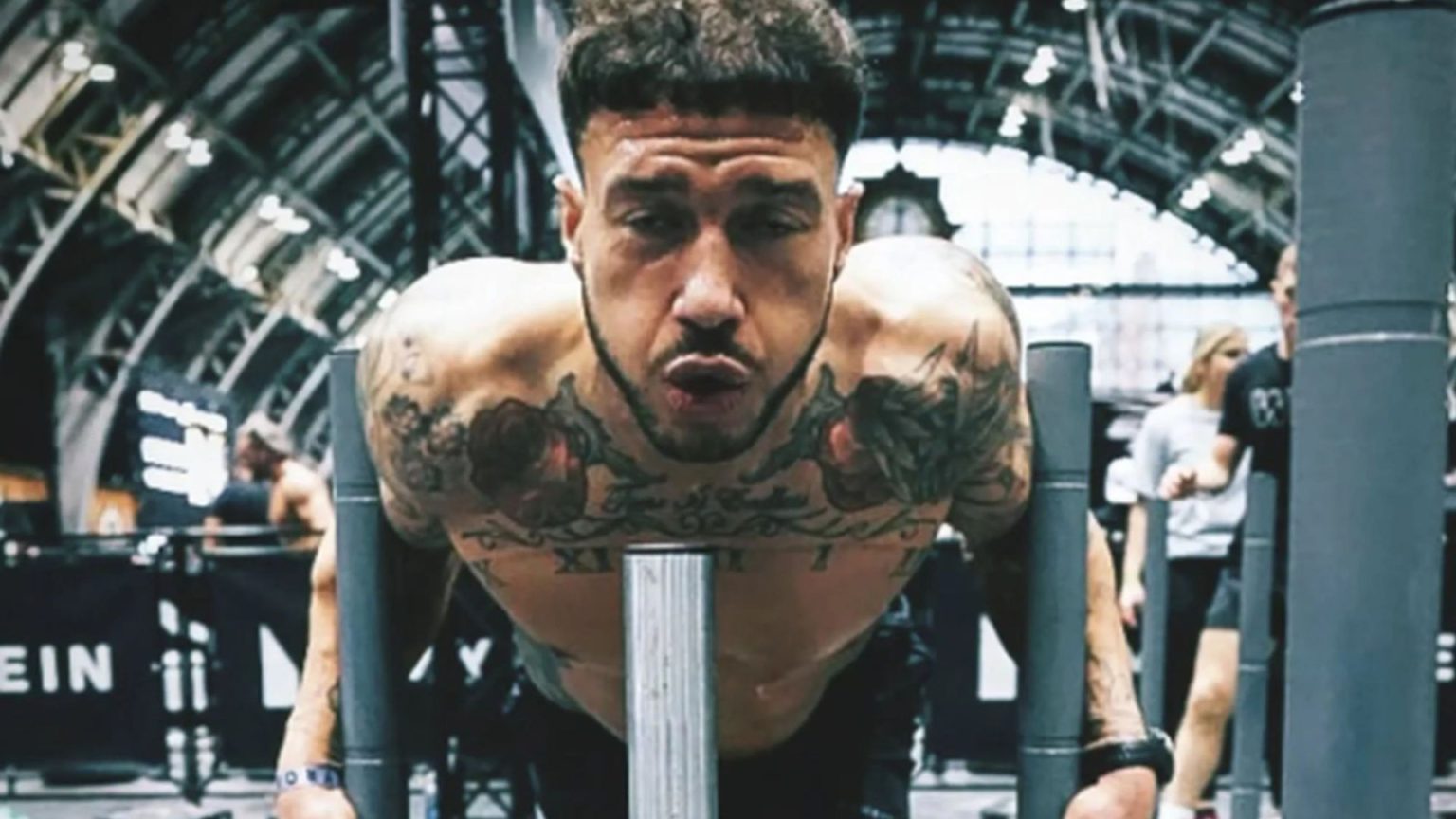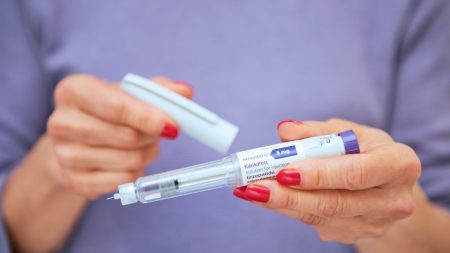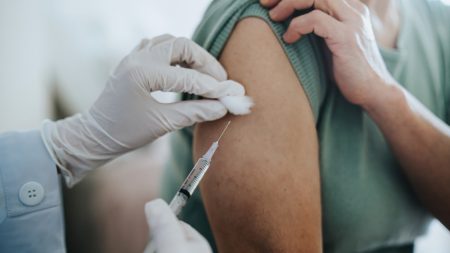Ashley Whelan, a 37-year-old fitness enthusiast and avid gym-goer, experienced a near-fatal heart attack shortly after completing his first Hyrox event, a global fitness competition combining running and functional workouts. Despite months of rigorous training and a history of participating in demanding physical activities like Muay Thai boxing, Ashley began experiencing unusual sensations on race day. He initially dismissed the unfamiliar feelings as pre-competition jitters, attributing them to the novelty of the Hyrox challenge. However, as the race progressed, his heart rate alarmingly surged to 220 beats per minute, a significant jump from his previous training peak of 190 bpm. Recognizing the abnormality, he instinctively reduced his pace, concerned about the unexpected physiological response.
Upon crossing the finish line, Ashley’s condition deteriorated rapidly. Sharp, intense pains radiated across his chest, arms, and back, prompting him to seek immediate medical attention from the on-site paramedics. An ECG test confirmed the grim reality: Ashley was in the midst of a heart attack. He was swiftly transported to Wythenshawe Hospital, where an angiogram revealed a critical blockage in his left coronary artery. The medical team, observing the erratic rhythm of his heartbeat and fearing the imminent threat of cardiac arrest, administered a defibrillator shock to stabilize his condition. The procedure, though successful, left Ashley with the jarring sensation of impacting a brick wall at high speed. The defibrillator shock successfully dislodged one of the clots, mitigating the immediate danger.
Ashley’s medical team underscored the severity of his situation, emphasizing that his type of heart attack often proves fatal. He credits the rapid response of the Hyrox medical team and the strength of his own physique and mindset for his survival. The incident served as a stark reminder that even individuals in peak physical condition are not immune to heart attacks. Ashley, reflecting on the chain of events, believes his intense training regimen combined with the pressures of work and home renovations may have contributed to the arterial tear that caused the life-threatening blockage.
The experience profoundly impacted Ashley’s perspective on fitness and health. While he continues to value and pursue physical activity, he now emphasizes the importance of listening to one’s body and recognizing the subtle signs of potential health issues. He cautions against the mentality of constantly pushing through physical discomfort, acknowledging that ignoring internal warnings can have dire consequences. Ashley’s story underscores the critical need for a balanced approach to fitness, recognizing that rest and recovery are as crucial as intense training.
Ashley’s heart attack highlights the often-overlooked subtle symptoms that can accompany such a critical medical event. While chest pain, shortness of breath, and dizziness are commonly recognized indicators, other less obvious signs can include radiating pain in the arms, jaw, neck, back, and stomach, excessive sweating, nausea, vomiting, intense anxiety, pronounced weakness, fatigue, coughing, and wheezing. The NHS emphasizes the importance of recognizing these less prominent symptoms, as they can be indicators of a serious underlying condition requiring immediate medical intervention. The distinction between a heart attack and cardiac arrest is also crucial. A heart attack occurs when blood flow to the heart is blocked, while cardiac arrest is a complete cessation of heart function, requiring immediate CPR and defibrillation.
In the aftermath of his harrowing experience, Ashley’s gym community rallied to raise funds for a defibrillator, a life-saving device readily accessible within their training environment. This initiative underscores the importance of having such equipment available in fitness facilities, where individuals engage in strenuous physical activity and may be at higher risk of cardiac events. Ashley’s story has transformed from a personal health crisis to a platform for raising awareness about heart health and promoting preventative measures within the fitness community. He now advocates for a more balanced approach to exercise, urging fellow fitness enthusiasts to prioritize listening to their bodies and seeking medical attention when necessary, ultimately prioritizing long-term well-being over pushing physical limits.











